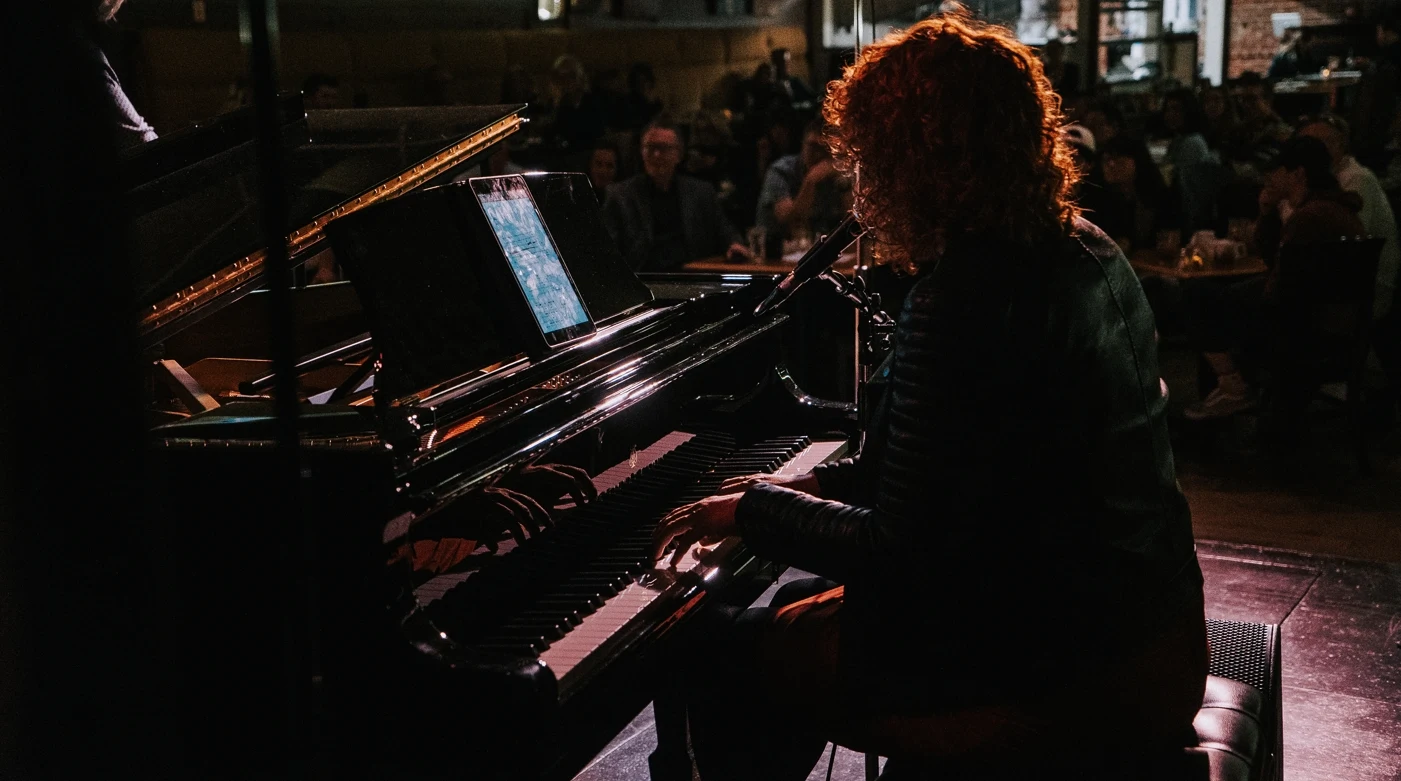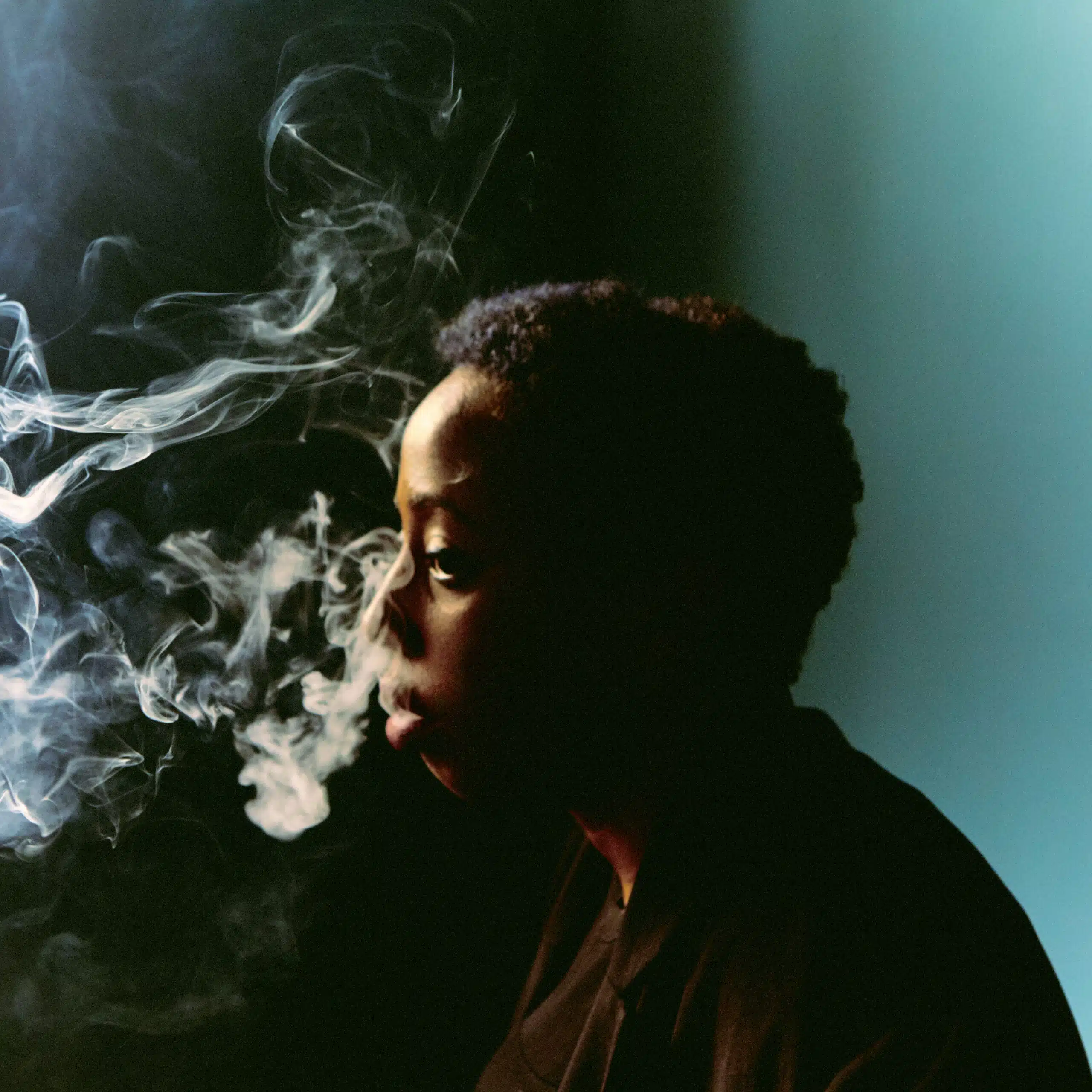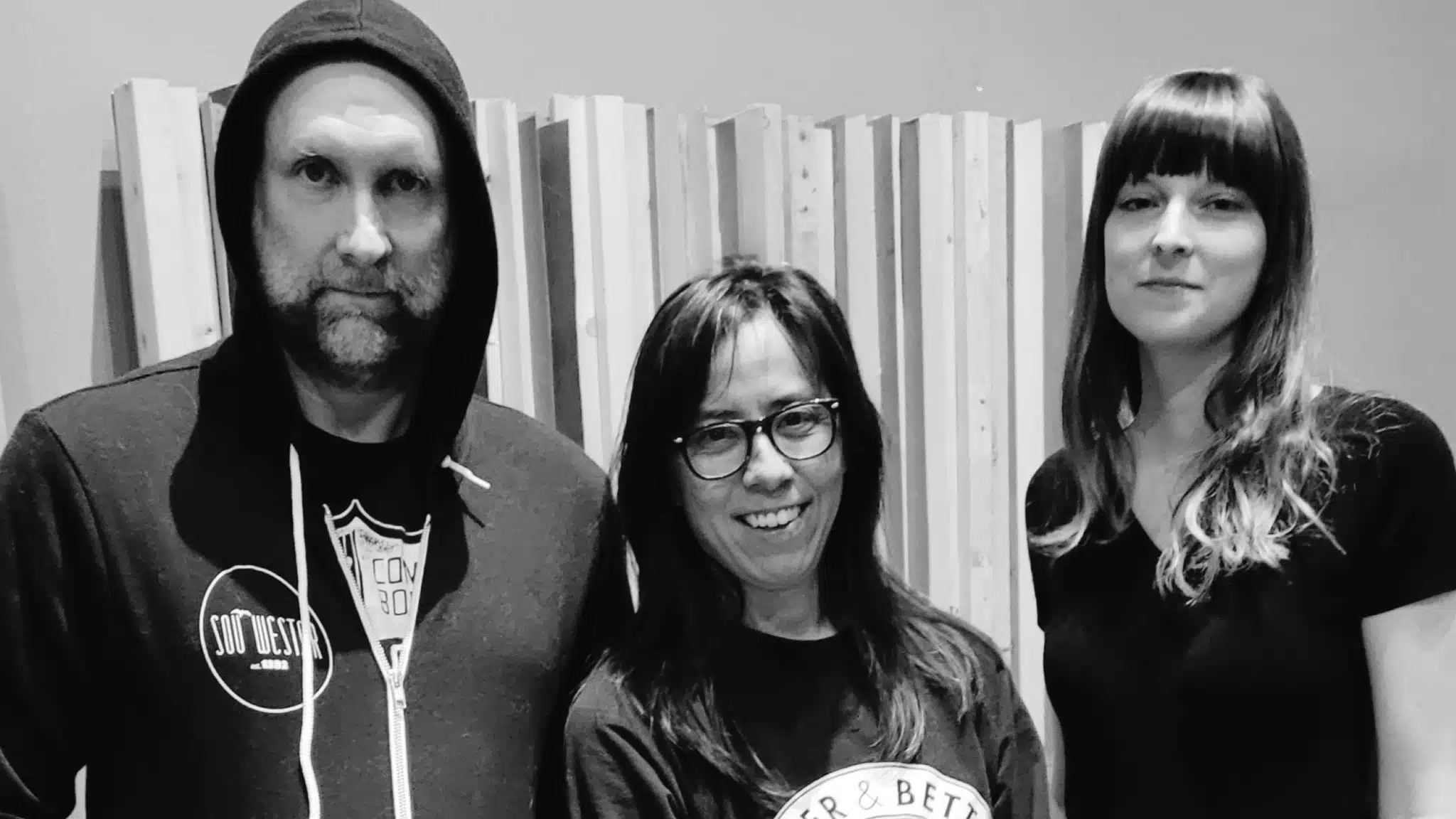If you think jazz in Calgary is a relic, think again. The city’s relationship with the music stretches back to when jazz itself was taking shape. What began as a small circle of musicians decades ago has evolved into a thriving network of educators, presenters, and DIY advocates. Their goals reach beyond sustaining the genre — they’re building spaces where people of all ages and genders feel invited to listen, learn, and belong.
“There’s been jazz happening here since … well, jazz started,” said JazzYYC’s Artistic Director Kodi Hutchinson. Clubs came and went through the ’50s, ’60s, and ’70s, all the way up to the ‘00s. There was a jazz program at Mount Royal College in the ‘70s, and it now continues at the University of Calgary, where Hutchinson teaches. Continuity matters: it seeds players, audiences, and memory that turns one-off concerts into culture.
Calgary’s early jazz scene has deep roots, with Hutchinson pointing to musical figures like John Reid, who brought legends such as Dexter Gordon to the city in the ‘70s and later founded JazzYYC. Longtime players like Al Muirhead still recall the days when Louis Armstrong and Duke Ellington came through Western Canada, playing small halls in the city. Those moments, Hutchinson says, helped set the foundation for Calgary’s enduring love of live jazz.
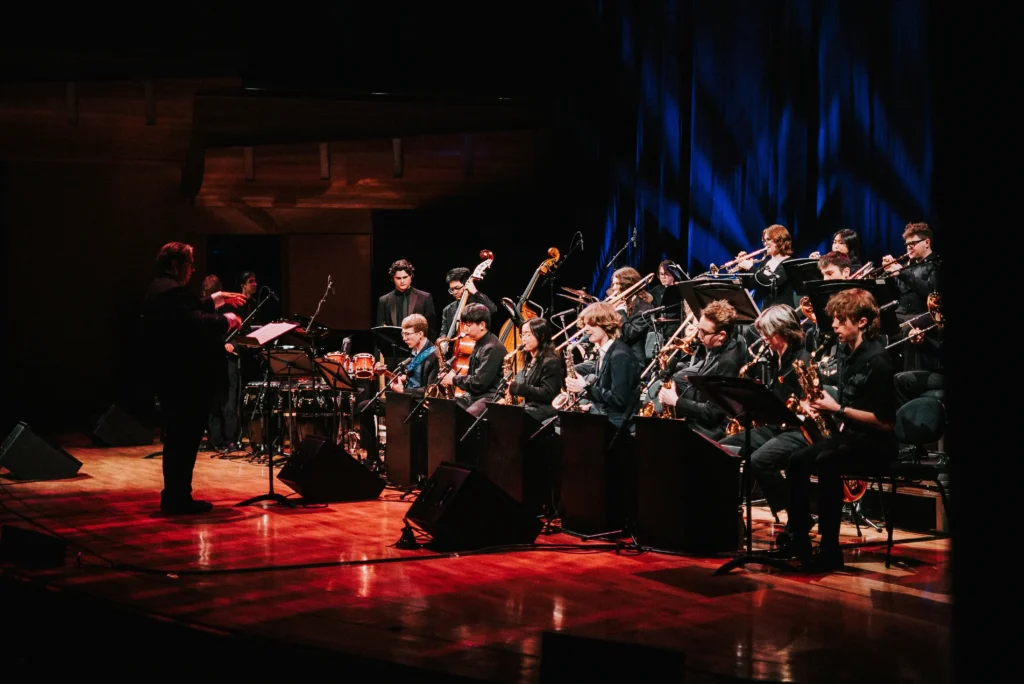
“We run three festivals a year, our Illuminate concert series, and we partner with Mount Royal University for our Youth Lab Bands,” Hutchinson says. Those youth bands have expanded to two ensembles for 40 youth, while the organization’s community calendar acts as a city-wide bulletin board with hundreds of gigs across clubs, cafés, and theatres each month. For audiences under 25, JazzYYC’s youth tickets cap at $20. “Last year we saw the biggest uptake and highest numbers of young people at our festivals,” said Hutchinson.
Programming also plays a big role in that outreach, with JazzYYC adapting to changing tastes, embracing artists who blur the lines between jazz and contemporary pop. Most notably, Hutchinson credits artists like Laufey, the Icelandic-American singer, for making jazz accessible to younger audiences. Her sold-out shows prove that new audiences are eager to experience jazz’s emotional depth through modern pop, not gatekept by jargon or tradition.
This fall, JazzYYC is pursuing a modern approach with headliner Grammy-winning Cuban artist Alex Cuba, and the festival is partnering with local electronic collective Oscill8. The music’s power is experiential. As Hutchinson puts it, “It’s those moments when the room quiets and you forget you’re supposed to be somewhere else because the sound has absorbed you.”
If JazzYYC is the city square, BuckingJam Palace is the living room, because it literally is. Founded by Lisa Buck in her 1910 Mount Royal house, the venue grew from informal living-room sets into a charitable series presenting 15 concerts a season.
Buck didn’t come to the genre as a lifer; she came through community. “I didn’t even like jazz when we started hosting concerts,” she said. “What we loved was the community here.” When Mount Royal’s jazz program closed, she and her family “lit a candle” for the loss of opportunity young musicians would face and wanted to help fill that gap with BuckingJam.
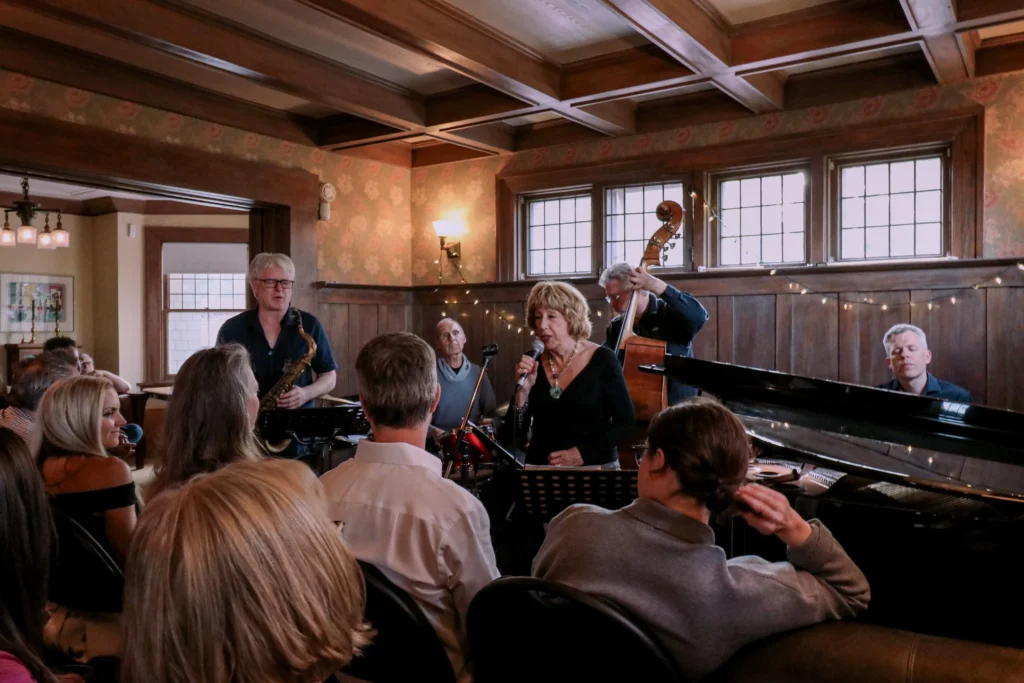
An incubator is exactly what Buck says Calgary lacks at scale. “We drastically lack the infrastructure,” she said, citing the need for affordable listening rooms where music can breathe and musicians can be paid fairly. And one thing she won’t compromise on is quality, she said with a grand piano behind her. “You have to have a decent acoustic piano, preferably a grand. It’s about honouring the musicians.”
Equity is another pillar where Buck has staked out clear commitments. “Estimates are that less than 10% of the professional jazz community is female,” she said. Buck responded by curating with equity in mind, seeking out female bandleaders, coordinating Alberta tours, and launching the Jane Dough Fund for female-led projects. She also hosts Jazz Camp for Girls as the only North American partner of the Denmark-founded program and manages two femme-led projects: the only all-female ensemble in Canada, The Ostara Project and bassist Aretha Tillotson.
BuckingJam concerts routinely sell out without paid ads; the newsletter is the best way in. The blueprint is there: open the door, keep the room small enough to hear each other, pay artists fairly, and program. “We just have to be advocating so that everybody’s voice is heard and represented in the genre,” said Buck. Hutchinson echoes that from the festival side: make the starting points obvious, then invite people to go deeper.
In Calgary, that invitation is already on the calendar. The rest is just showing up.
To learn more about JazzYYC and BuckingJam Palace’s event schedules, visit jazzyyyc.com and buckingjampalace.com.
